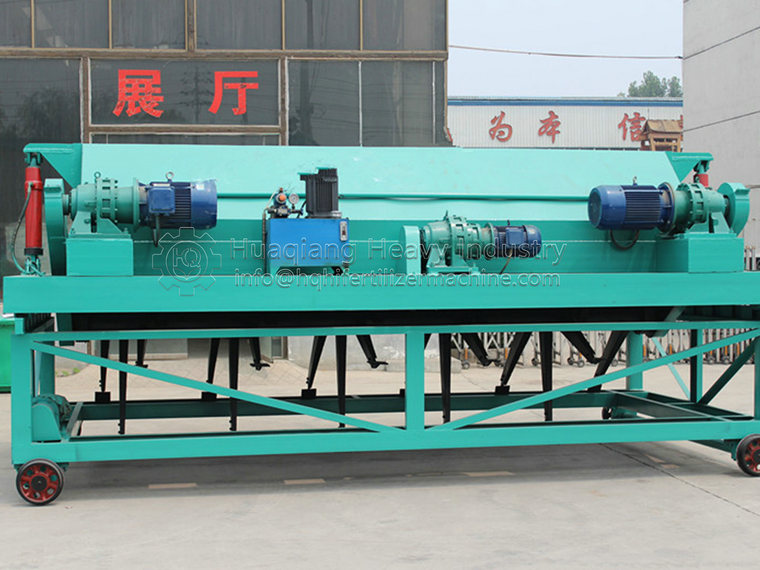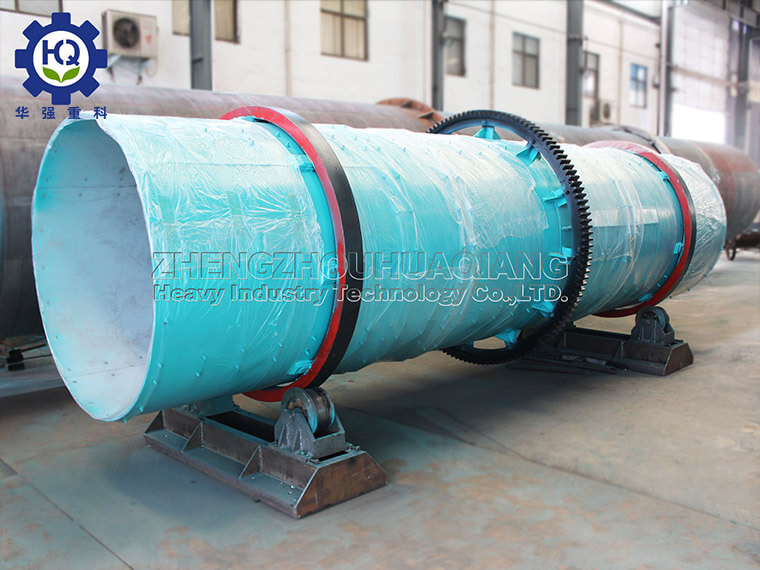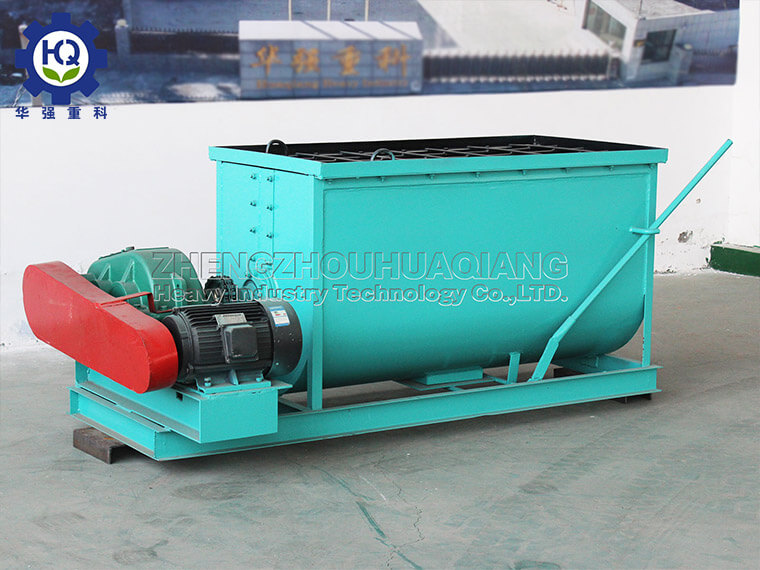The roller extrusion granulator has demonstrated several significant advantages in the process of processing organic fertilizers from chicken manure, making it one of the preferred granulation methods for many chicken farms and organic fertilizer producers. The following are some of the main advantages of the roller extrusion granulator in the production of chicken manure fertilizer:
1. Powerful molding ability
The roller extrusion granulator is particularly suitable for processing materials with relatively low moisture content, such as preliminarily dried chicken manure. Through high-pressure extrusion, even at lower moisture content, dense and uniform particles can be formed, which are not easily broken.
2. Efficient and energy-saving
Compared to other types of granulation processes, roller extrusion granulators consume less energy, especially when processing materials with certain hardness and low viscosity. This means lower operating costs and higher energy efficiency ratio.
3. Diversified particle sizes
By configuring the pressure and mold differently, the roller granulator can produce particles of different diameters and lengths to meet diverse market demands. This flexibility increases the applicability of finished fertilizers, with corresponding specifications available for landscaping, home gardens, and agricultural planting.
4. Easy to maintain and operate
This type of machine has a simple design, intuitive operation, and relatively easy maintenance. Replacing molds and other critical components is also easy, reducing downtime and costs caused by maintenance.
5. Good work continuity
Due to the use of continuous extrusion, the roller granulator can maintain stable output for a long time, which is very suitable for continuous operation mode and improves production efficiency.
6. High particle intensity
The particles formed by extrusion have high physical stability, are not easy to break, are convenient for long-distance transportation and storage, and reduce the loss rate in the logistics process.
7. Natural curing, no need for additional additives
Unlike some chemical granulation processes, the particles produced by the roller granulation mechanism mainly rely on the physical properties of the raw materials themselves to form, and usually do not require the addition of binders or other chemicals. This not only reduces additional costs, but also maintains the natural quality of the fertilizer.
Overall, the roller extrusion granulator has become an ideal solution for converting chicken manure into high-quality organic fertilizers due to its unique process characteristics and excellent performance. While improving agricultural production efficiency, it also helps to promote the concept of circular economy and promote the development of green agriculture.






.jpg)

